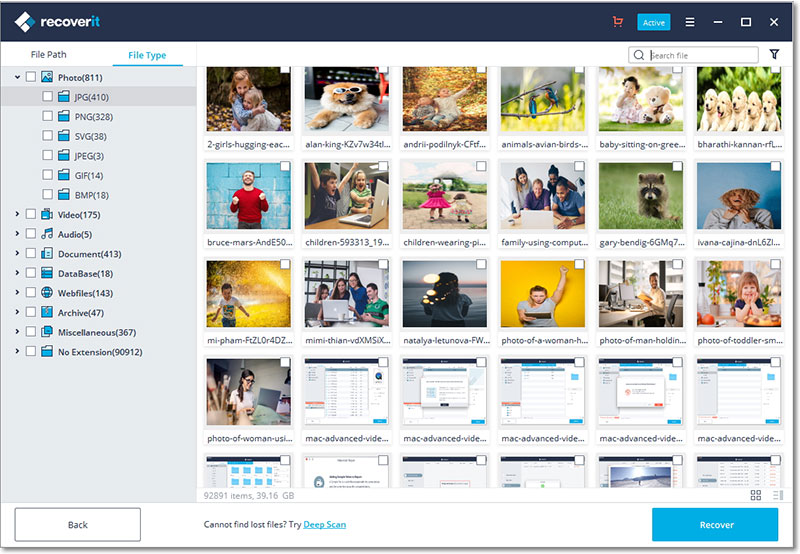Flash Drive provides the ease of transferring content from a computer to another device/computer with ease. However, there are instances when the flash drive stops functioning due to corruption or virus attack. If the content present on the device is precious, it is necessary to get it off at any cost. Thankfully, technological advancement has given you the opportunity to perform the flash drive data recovery at your home.
Part 1. How to Make Flash Drive Data Recovery in 3 Steps
Data recovery has been a tricky activity in the past. Fortunately, software development is providing the chance for you to recover corrupted data from a damaged flash drive with ease and safety. With iSkysoft Data Recovery for Windows, you will achieve the task in the simplest manner. As it uses powerful deep scan technology and algorithms, it makes it possible for the program to retrieve enormous content from a damaged/corrupted flash drive than others. It scans through any Windows-based hard drive or external disk and helps in retrieval of data without further harm.
Key Features of Recoverit (IS):
- Recovery from any file system
- One-click pause and restart of the scanning procedure
- Save scan information
- Distinguishes between valid and invalid files before recovery
- Recovers data with original file names and folders

Step-by-Step Guide to Recover Data from Flash Drive
Step 1. Download the program from the official website. Install it like any other Windows program. Upon launching, you will see the screen like below along with six file types which you can choose from to recover.

Step 2. A new window opens up displaying the partitions of the hard disk or flash drive (if any). From the menu, you can pick the partition or the flash drive from which you wish to recover data, and press "Start" button to initiate scanning.

Step 3. The program will scan for the recoverable files, and will display the same after ending the scan in a new window. It will arrange the data according to the file type and path. You can further preview the content of the file in the preview window. Based on this, you can mark the files that you wish to retrieve, and click "Recover" to save the files. The program will ask you to mention the saving destination. Ensure that it is an external drive or a folder on your computer hard disk. Wait for the program to complete the action before browsing the folder to view the recovered content. Then you can complete usb flash drive data recovery on Windows.

Part 2. How to Choose a USB Flash Drive
The list of advantages that the flash drive provides makes it a good choice for any computer enthusiast. However, the availability of numerous models, specifications, and brands make it confusing for anyone to choose an appropriate flash drive. It is here that a little planning can sort out things. The following points will help you decide the best USB flash drive according to your requirement.
1. Transfer Speeds
The greater the transfer speed, the faster will be the rate at which the device transfers file/files from a hard disk/computer. It is common for brands to mention the read/write speed of the pack. If you do not find it, you can search for it over the Internet.
2. Data Security
Ensure whether the USB flash drive offers an optional choice of encrypting stored data. Encryption protects and safeguards confidential information present on the drive. For added protection, it is preferable to look for hardware-based encryption models.
3. Size
Make sure that the flash drive is no longer than your thumb. It makes it easy for you to carry ensure pockets or in wallets.






